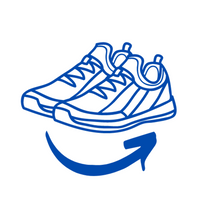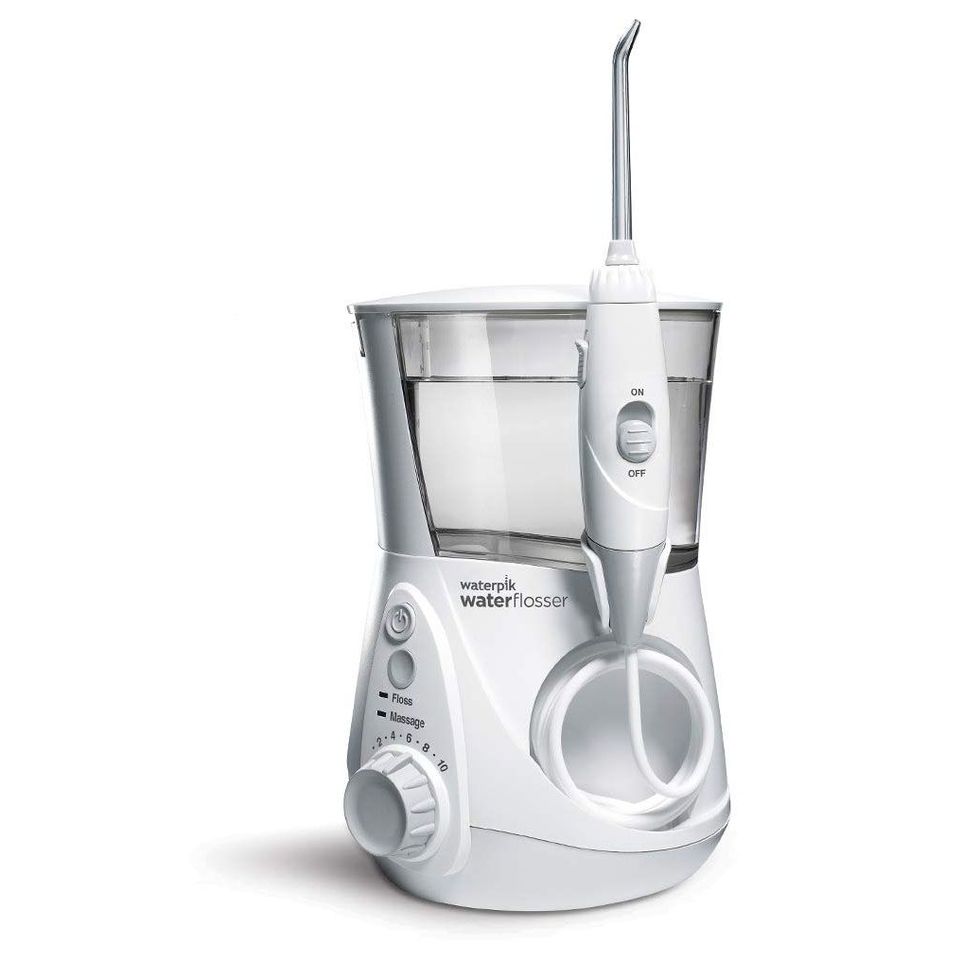A water flosser might be the missing piece in your oral care puzzle if you want to take it to the next level. Whether you have oral implants, braces, or just want to feel extra-fresh and ready for the dentist, the best water flosser will help you get a deep clean. The founder of the Dentist Lounge in Santa Monica, Sara Larbi, D.D.S., tells her customers that water flossers are better than string floss. “A water flosser cleans beyond the gum line, getting to places where bacteria like to hide.”
Our top picks:
1
BEST OVERALL WATER FLOSSER
Philips Sonicare Power Flosser 7000
2
BEST CORDLESS WATER FLOSSER
Waterpik Cordless Advanced Water Flosser 2.0
4
BEST WATER FLOSSER FOR TRAVEL
Waterpik Cordless Express Water Flosser
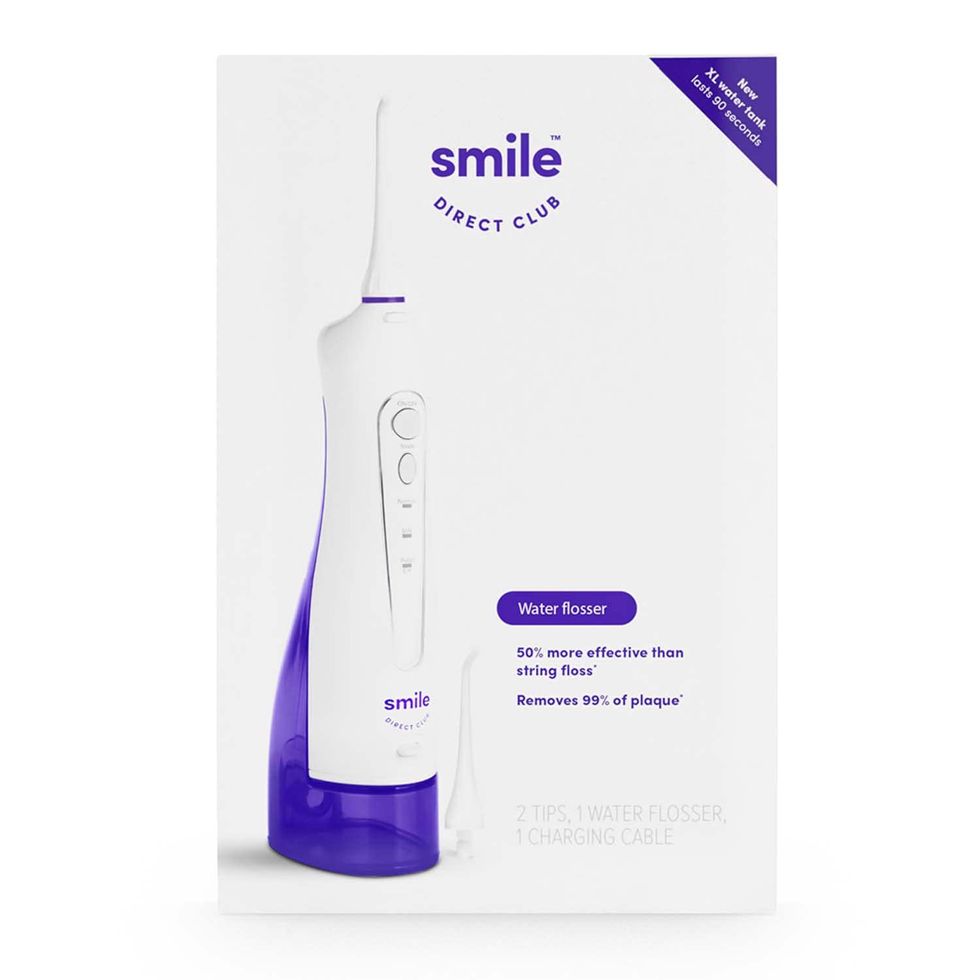 BEST BUDGET WATER FLOSSER
BEST BUDGET WATER FLOSSER
SmileDirectClub Large Tank Water Flosser
Philips Sonicare Power Flosser 7000
Now 18% Off
Pros
- Less bulky than other countertop models
- Extra-long, retractable cord
- Quiet
The Philips Sonicare water flosser did a great job in our test, getting 96% total happiness from the people who used it. It cleaned deeply without making a mess, was easy to use, and was quiet. One tester who has used water flossers for 20 years said it was their “all-time favorite” tool.
It has an auto-timer setting and four water stream settings (clean, deep clean, sensitive, and massage). These settings let you really clean your lips well. “With my old flosser, I think I moved too fast between my teeth to do an effective job,” stated a tester. “I feel like I have now completely re-learned the correct way to use water flossers.”
It has the longest hose of the types we tried, and the magnetic handle and almost four-foot-long retractable cord make it easy to use and store when not in use. A flip lid makes it easy to fill up the reservoir. You may also want to consider this model if you value counter space. Testers liked its sleek, small-footprint design better than other, bulkier models they’ve tried.
| Type |
Countertop |
| Pressure settings |
10 |
| Tips included |
3 |
| Water capacity |
20 fl oz |
| Quiet Mark rating |
3 out of 3 stars |
Waterpik Cordless Advanced Water Flosser 2.0
Now 11% Off
Pros
- Cordless and rechargeable
- Can be used in the shower
- Lightweight and compact
Cons
- Requires more frequent refills than some other models
The new Waterpik Cordless Advanced 2.0 is a popular choice among customers. It can be used anywhere, even in the shower, and has many of the same features as a full-size flosser. “You won’t believe how many of my patients end up hiding their water flossers under the sink and forgetting about them until I remind them during their checkup,” says Dr. Larbi of this small and useful pick. This will help you remember to use it every day because you will be able to see it in the shower.
The first model of the Cordless Advanced Waterpik was tried by us. We haven’t officially tested the new version yet, but we do know that it has a lithium-ion battery that can be charged and a magnetic charging cable that can be put into a USB port. One Amazon customer said it “delivers a strong and steady stream of water,” and another said it “feels good in the hand” and was “light and not too bulky.” This small but powerful flosser has four tips, two of which are brushes that can be used to clean around braces and remove plaque. Because this flosser is small, you might have to stop and add water to it while you’re flossing.
| Type |
Cordless |
| Pressure Settings |
3 |
| Tips included |
4 |
| Water capacity |
7 fl oz |
| Quiet Mark rating |
Not yet tested |
Waterpik Cordless Express Water Flosser
Now 13% Off
Pros
- Easy to clean and refill
- Can be used in the shower
Cons
- Requires more frequent refills
- Not rechargeable
The cordless type from Waterpik takes up less room than a full-sized Waterpik but cleans just as well. It’s small, light, and doesn’t have a cord, so it’s perfect for travel. In our tests, it got a perfect score for not taking up too much counter room. Even though it needs to have its reservoir refilled more often than the other types we looked at, it had the best easy-fill tank of all the handheld devices we tried.
It’s easy to change the water flow with this switch, even though it only has two steps. You don’t need to bring a charger with you because it runs on three AA batteries. The tank holds five ounces of water, which is enough for thirty seconds of use. The tank is easy to remove and clean; just put it on the top rack of the dishwasher.
| Type |
Cordless |
| Pressure settings |
2 |
| Tips included |
2 |
| Water capacity |
5 fl oz |
| Quiet Mark rating |
2 out of 3 stars |
SmileDirectClub Large Tank Water Flosser
Pros
- Requires fewer refills than comparable models
- Testers reported cleaner-feeling teeth
Cons
- Water reservoir may be tricky to clean
If you want to improve your cleanliness without spending a lot of money, this $40 water flosser from Smile Direct Club is a great choice. The mobile teeth cleaner got the best score for ease of use because the instructions were very clear. The testers liked that it wasn’t corded and that it could be used in the shower. Overall, 98% of people who tried it were happy with how well it cleaned in between their teeth.
The portable water tank is a good size, and it needs to be refilled less often than tanks of similar size. One test subject said it “felt good on my gums” and “made me feel that I was doing something better for my oral health than I was previously doing.” It had a bigger charge and stream than their current flosser. It was harder to clean because the water tank was shaped in a way that no one else’s was.
| Type |
Cordless |
| Pressure settings |
3 |
| Tips included |
2 |
| Water capacity |
10 fl oz |
| Quiet Mark rating |
2 out of 3 stars |
Waterpik Aquarius Water Flosser
Now 20% Off
Pros
- Multiple brush heads, including one designed for braces
- Holds large amount of water for its size
- Popular among Amazon reviewers
Cons
- Takes up more counter space than other models tested
There are over 124K reviews of the Waterpik Aquarius, giving it an average rate of 4.6 stars. This makes it one of the best-selling water flossers on Amazon. People who tested it for us also loved it. One said, “I definitely felt like I had professional cleaning done!” These are the seven tips that come with it: three regular tips, one for plaque, one for braces, one for periodontal pockets, and one with a toothbrush head.
Up to 22 ounces of water (or mouthwash) can fit in its big tank. That should give you about 90 seconds of flossing time, which is about three times as long as most wet flossers. Because it holds a lot of water, it will take up some room on your counter. Luckily, it comes in four colors, one of which is gray. We say that more colors are better since it’s going to stay on your counter.
| Type |
Countertop |
| Pressure settings |
10 |
| Tips included |
7 |
| Water capacity |
22 fl oz |
| Quiet Mark rating |
3 out of 3 stars |
How we test water flossers
For our most recent test of water flossers, our Health, Beauty, and Sustainability Lab experts looked at the specs of 12 different models. They then sent the 12 models to customer testers to see how they worked at home and to our partner lab, Quiet Mark, to see how loud they were.
We chose 119 people from our group of market testers who already used a water flosser and said they took care of their teeth by brushing twice a day and getting a professional cleaning every six months. The testers had to use the water flosser every day for at least a week. After that, they had to fill out a report about how easy it was to use, how well it worked, and how satisfied they were with the gadget generally.
There are choices in our final list for every type of water flosser user, but we also had to meet certain requirements, such as keeping the American Dental Association Seal in mind. The ADA mark means that a product is safe and works well. It’s important to note that only two water flosser brands have this seal: Waterpik and Philips.
What should I look for when buying a water flosser?
wireless vs. countertop: A small, wireless water flosser is better if you want to be flexible and take it with you. Most portable flossers can be used in the shower, which keeps things from getting messy. If you have room on your counter, a corded tabletop type might be better because it can hold more water and have more pressure settings. The counter holds most of their weight, so all you have to do is lift a light stick. This is better for your hands.
sets for pressure: Some water flossers have just a few sets for pressure, while others have up to ten. Some settings offer deep cleaning to do more work on the gums, while mild settings do a full clean but with less force.
Tips: Some tips are more specific than others, but all of them work just fine: “I find the ortho tip to be very helpful for younger patients,” said Sharon Huang, DDS. “A 10-year-old is not going to floss, so this is something that’s going to help them.” She says that the ortho tip makes cleaning easier for people who aren’t very good at it or who have braces.
Capacity of the water tank: If you choose a handheld model, keep in mind that you’ll have to give up some storage room. Countertop flossers, on the other hand, can hold anywhere from 10 to 20 ounces of juice, so you can usually clean your whole mouth with just one fill.
What’s the difference between a Waterpik and a water flosser?
Water flosser is the brand name for a gadget that cleans your teeth with a stream of water. Waterpik is the brand name. This is because Waterpik has made many famous versions of water flossers over the years. Some people use the word “Waterpik” instead of “water flosser.” Here is a list of the best water flossers from Waterpik and other names, like Philips Sonicare and Smile Direct Club.
Do dentists recommend water flossers?
Yes, the doctors we talked to said! “One thing I always tell my patients is to get a water flosser,” says Dr. Larbi. “They work really well with regular flossing.” It will completely change how you take care of your teeth at home.
Also, the doctors we talked to all agreed that people with braces will benefit from water flossers because it’s hard to use regular floss with the wires. A dentist in Washington, D.C., named Sally Cram, DDS, says that water flossers “are very good at flushing out food and debris that gets caught in and around the brackets.”
Water flossers are also a great choice for older people or people who have trouble moving their hands easily. Endodontist Adam S. Harwood, D.M.D., who works in New York City, says that for these people, putting floss around their fingers can be painful, especially if they have arthritis. However, dentists don’t say that you should stop brushing regularly and only use a wet flosser instead.
Can a water flosser replace string flossing?
Dr. Huang says not quite: “There’s nothing that could replace running floss under the gums by hand.” That’s still the best way to clean your teeth, and we should use the water flosser along with it. With water flossing, you can get rid of the bacteria on your gums after flossing.
“Both [water flossing and flossing] have their own specific areas of effectiveness, so the ideal dental hygiene program takes advantage of both methods,” explains Dr. Harwood. The doctors we talked to said this is a good practice to follow:
- First, brush your teeth.
- Then, use regular string floss to get rid of anything stuck between your teeth and keep your gums healthy.
- Last, use a water flosser to get rid of everything.
In the end, water flossing should be done along with standard flossing for most people, not instead of it. But a water flosser is better than nothing if you know you won’t use regular floss.
For over 30 years, Nicolas Fonte has explored the great outdoors and tested all manner of gear. Through tireless adventures hiking the most remote trails and climbing the biggest walls, he has become the expert on rugged, reliable equipment. Now in his late 50s, Nicolas’ gear reviews are the most trusted resource for outdoor enthusiasts everywhere.
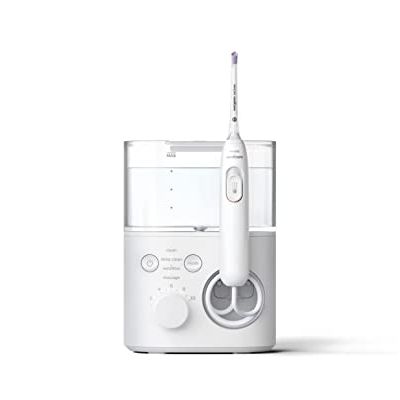
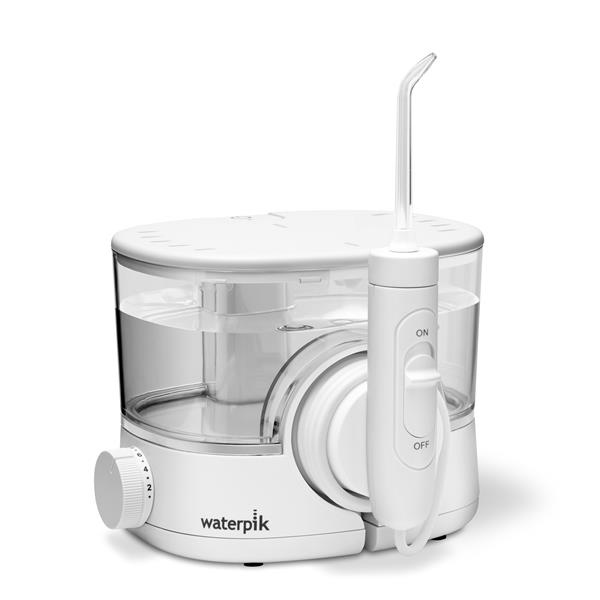
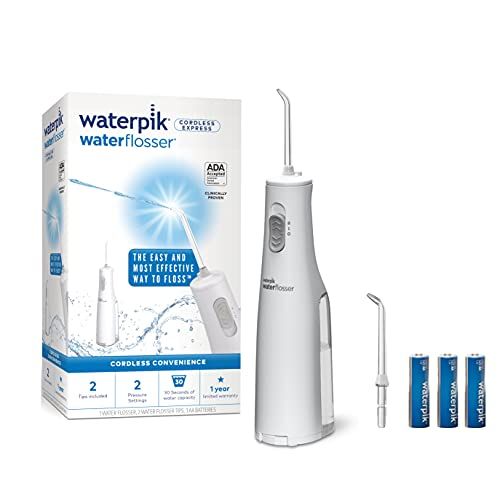
 BEST BUDGET WATER FLOSSER
BEST BUDGET WATER FLOSSER